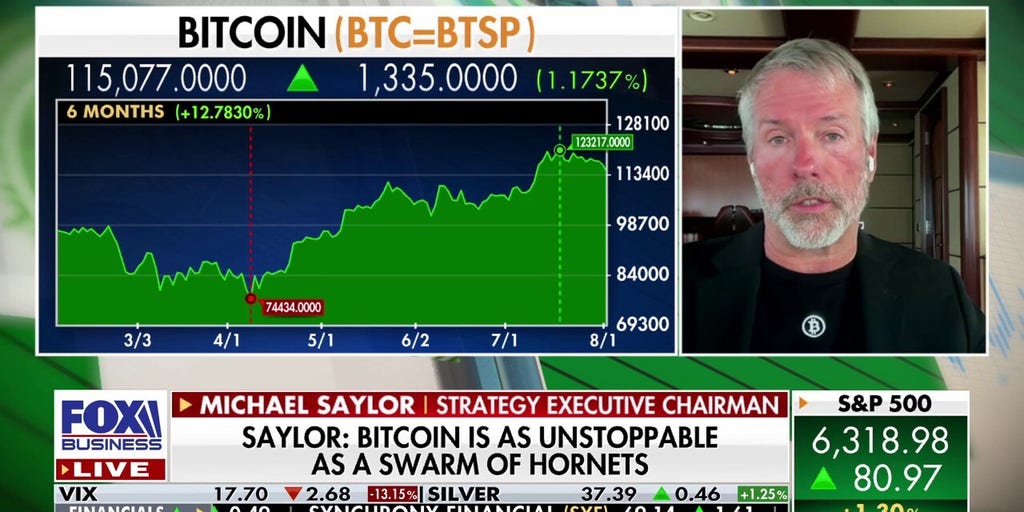Middle East conflict highlights how vastly the global energy supply has changed in recent years
On Wednesday, the average retail price for a gallon of gas in the U.S. was $3.23, down from $3.47 a year ago. In June of 2022, the average U.S. price for a gallon of gas eclipsed $5, an all-time high, according to the auto club AAA.
SUPPLY & DEMAND
The U.S. is producing record volumes of natural gas and crude. Production has reached such high levels that energy companies are shutting down drilling operations because pulling crude from the ground with prices so low doesn't make financial sense.
The odds of a U.S. oil company taking action after President Donald Trump's this week implored them in a social media post to “drill, baby, drill,” is slim to none.
U.S. drilling activity began to slow last year and the number of active oil and gas rigs in the U.S. fell last week to 554, the lowest level since November of 2021. That's a decline of about 19% from a year ago at this time.
That might lead to short supply and higher prices if it weren't for producers outside of the U.S. that are currently boosting production. The type of drilling operations run outside of the U.S. can be less nimble and harder to shut off, and revenue demands much greater.
The OPEC+ alliance of oil producing nations this month announced that it was increasing production. This week, S&P Global Commodity Insights raised its 10-year production forecast for the Canadian oil sands, expecting production to reach record levels this year.
Yet these supply forces are colliding with the reality of weakening global demand for oil.
According to the International Energy Agency, oil’s share of global energy demand in 2024 fell below 30% for the first time ever. Overall energy demand has increased, but more so for natural gas and other energy sources, the IEA said in its most recent annual report published in March.
Oil demand grew a meager 0.8% last year, according to the IEA.
Part of the reason is new technology in transportation.
Global sales of electric cars climbed 25% last year, according to the IEA, just the most recent example of the mainstreaming of EVs. One of every five vehicles sold last year was electric. That's one of the reasons demand for crude is falling, while demand for alternative forms of energy continues to rise. Additionally, fossil fuel powered engines are becoming increasingly efficient, whether they are traveling through the air, by sea, or on the road.
And right now, the same anxiety that has led households to cut down on trips in the car is also impacting airlines, which have reduced their projections for air travel this year due to potential trade wars and the economic unease that comes with them. That has added further downward pressure on oil prices.
RISE OF ALTERNATIVE ENERGY
New energy technology of course reaches beyond transportation.
According to the IEA, 80% of the increase in global electricity generation last year was provided by renewable sources such as wind and solar.
As more alternative energy sources are established, including natural gas, the demand for crude falls. Demand for natural gas grew 2.7% in 2024, while oil demand rose just 0.8%, down from a 1.9% increase in 2023.
Major U.S. technology companies have begun investing heavily in nuclear power to meet their energy needs for artificial intelligence and data centers.
Facebook parent company Meta, Microsoft, Amazon and Google have all announced investments in and partnerships with nuclear power companies in the past year.
Content Original Link:
" target="_blank">

















































